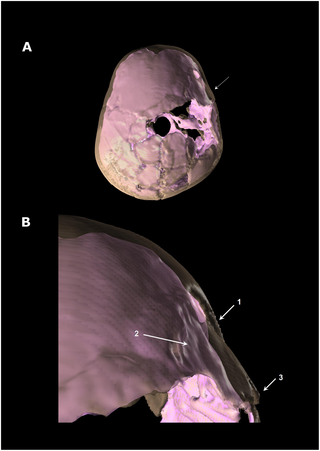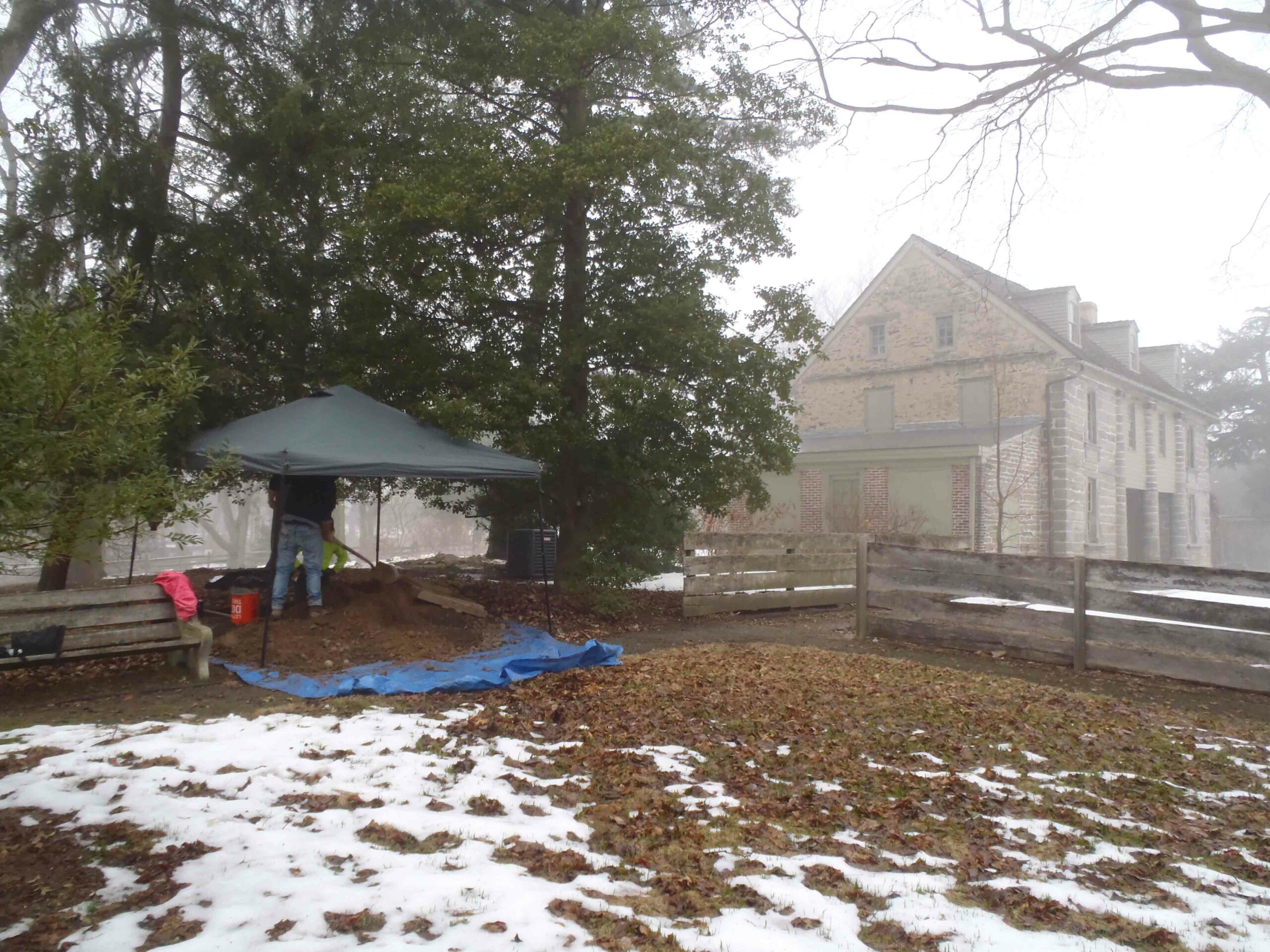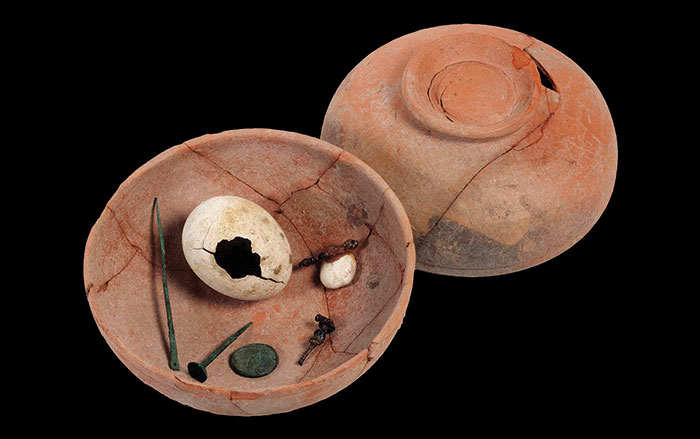
BORDEAUX, FRANCE—A 3-D reconstruction of the skull of a child who lived 100,000 years ago suggests that the 12 to 13-year-old suffered a blunt force trauma resulting in a compound fracture. There was a broken piece depressed in his or her skull, which was surrounded by linear fractures. The wound likely caused a moderate traumatic brain injury that may have resulted in personality changes, trouble controlling movements, and difficulty in social communication. The child eventually died and was buried at Qafzeh Cave in Israel’s lower Galilee with two deer antlers lying on the upper part of his or her chest. “Digital imaging and 3-D reconstruction evidenced the oldest traumatic brain injury in a Paleolithic child. Post-traumatic neuropsychological disorders could have impaired social life of this individual who was buried, when a teenager, with a special ritual raising the question of compassion in Prehistory,” Hélène Coqueugniot and her colleagues from Centre National de la Recherche Scientifique, Université de Bordeaux, and the École Pratique des Hautes Études, told Science Daily.










